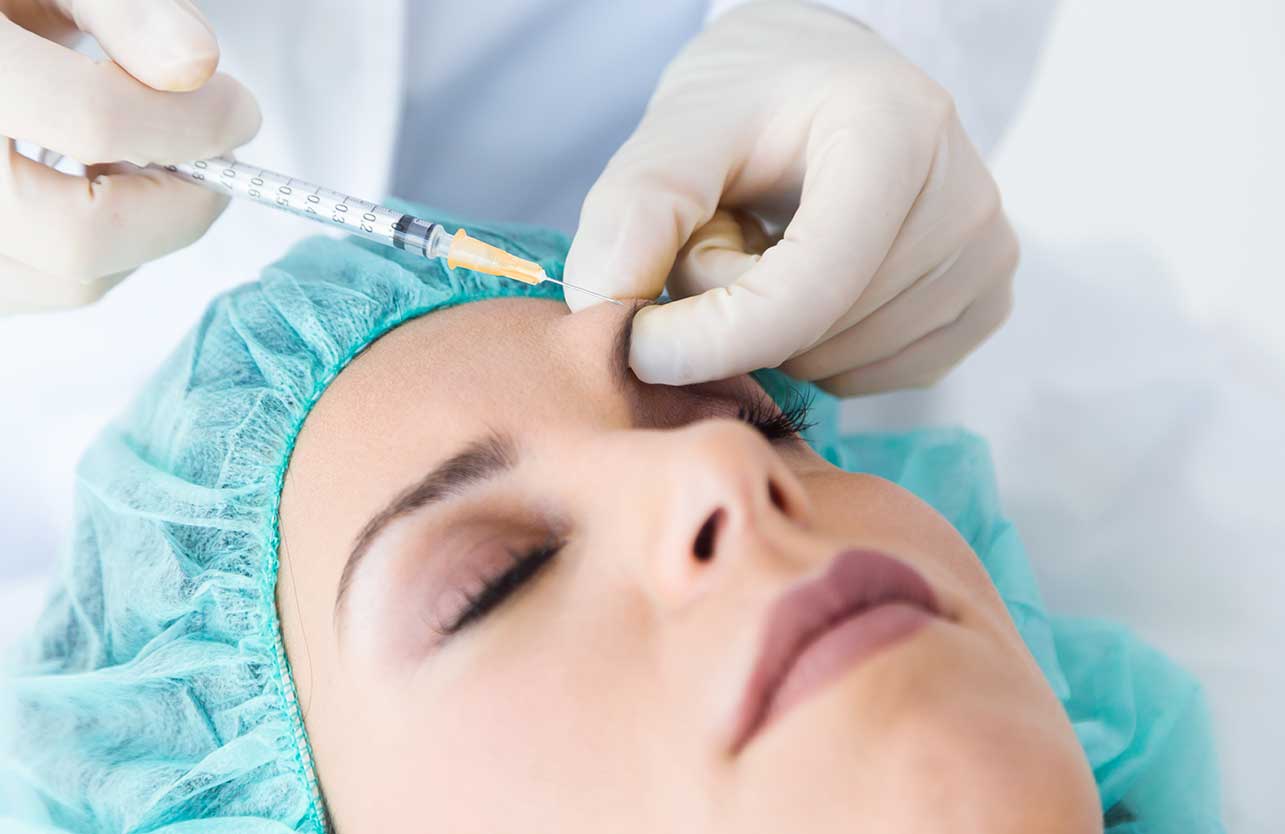Are There Any Risks of Botox? Recommendations for Safe Application
What is Botox and How Does It Work?
Botox is a diluted form of botulinum toxin produced by the bacterium Clostridium botulinum. Primarily used for cosmetic purposes to reduce facial wrinkles, Botox temporarily relaxes muscles, significantly reducing dynamic wrinkles such as forehead lines, frown lines, and crow's feet around the eyes.
Possible Side Effects of Botox
Like any medical procedure, Botox has potential side effects. Typically, these are mild and temporary, but incorrect administration or unqualified practitioners can cause more serious issues. Common side effects include:
- Mild pain, redness, swelling, or bruising at the injection site
- Headaches or migraines
- Temporary drooping of eyelids (ptosis)
- Facial asymmetry
- Muscle weakness or temporary paralysis sensation
- Allergic reactions like itching or rashes
Are There Any Long-Term Risks of Botox?
Concerns about long-term effects of Botox are common. Clinical experiences and studies suggest that Botox, when administered correctly and in appropriate doses by experienced professionals, does not lead to significant long-term harm. However, frequent or high-dose treatments may lead to persistent muscle weakness or loss of natural facial expressions. Regular intervals and controlled doses are recommended for Botox applications.
Recommendations for Safe Botox Application
To ensure safe and effective Botox treatment, consider these crucial points:
Choose an Experienced and Qualified Doctor
Botox should always be administered by experienced professionals such as dermatologists or plastic surgeons. Proper techniques significantly reduce the risk of side effects.
Quality of the Botox Product
The quality and reliability of botulinum toxin used in Botox treatments are critical. Only FDA-approved, dermatologically tested, and trusted products should be used.
Proper Dose and Technique
Every individual’s muscle structure and skin characteristics vary. Botox dosage must be personalized and administered with the correct technique to ensure safety and efficacy.
Post-Botox Care Tips
Following these tips after Botox treatment is essential:
- Avoid applying pressure on injection sites for the first 24 hours.
- Steer clear of high temperatures (such as saunas or hot baths) and vigorous exercise during the first 24 hours.
- Do not rub or massage the injection sites.
- Keep your head upright for several hours after treatment to prevent diffusion.
Safe Botox Recommendations from Dermatologist Dr. Ezgi Özkur
Dermatologist Dr. Ezgi Özkur emphasizes the importance of professional application and provides these additional safe Botox practice tips:
- Individuals undergoing Botox for the first time should have a comprehensive dermatological consultation and evaluation.
- Maintain clear communication with your doctor and monitor your post-treatment symptoms closely.
- Schedule Botox treatments at regular intervals with controlled dosages.
- Protect your skin from sun exposure after Botox treatments and regularly use dermatologist-recommended skincare products.

